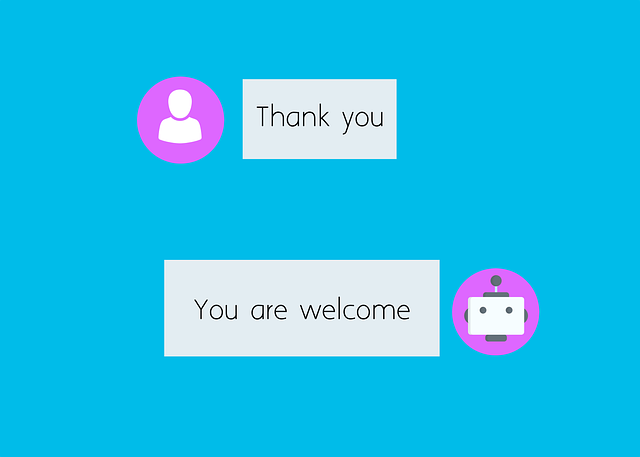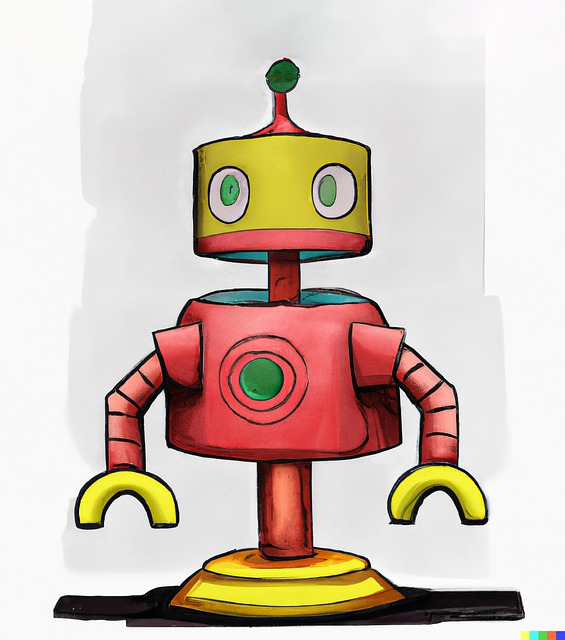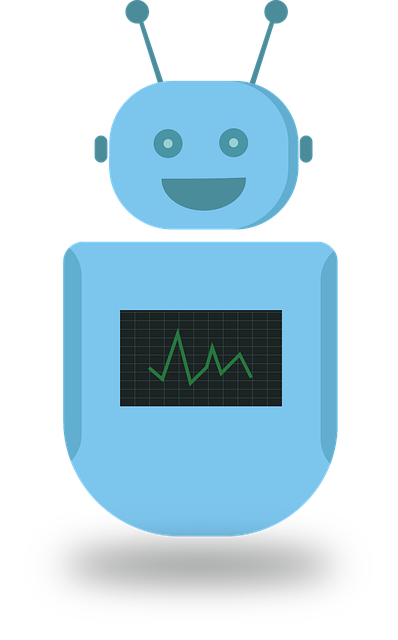AI assistants are revolutionizing productivity in fast-paced work environments by automating tasks, improving communication, and offering personalized time management recommendations through natural language processing and machine learning. They predict priorities, automate data processes, and learn individual work patterns to enhance efficiency, save time, and boost job satisfaction across various industries. Integration involves identifying suitable automated tasks, training the AI on relevant data, setting clear expectations, and regularly reviewing performance, with collaborative efforts between users and assistants driving optimized time management.
In today’s fast-paced work environments, optimizing time management is crucial for success. Artificial Intelligence (AI) assistants are revolutionizing the way we approach productivity, offering efficient solutions to streamline tasks and enhance focus. This article explores the rising trend of AI assistants in modern workspaces and delves into strategies for effective integration. By harnessing the power of intelligent automation, businesses can maximize productivity, ensuring every minute is utilized optimally. Discover how these innovative tools can transform your work routine.
- The Rise of AI Assistants in Modern Workspaces
- Enhancing Time Management with Intelligent Automation
- Strategies for Effective Integration and Maximizing Productivity
The Rise of AI Assistants in Modern Workspaces

In today’s fast-paced work environments, efficiency and productivity are paramount. This is where AI assistants step in as game-changers. These intelligent tools have quickly become an integral part of modern workspaces, revolutionizing the way tasks are managed. With their advanced capabilities, they offer unparalleled support to employees across various industries.
AI assistants provide a range of benefits, from streamlining routine tasks and improving communication to offering personalized recommendations for better time management. By leveraging natural language processing and machine learning algorithms, these assistants can understand complex queries, automate repetitive jobs, and even predict and prioritize upcoming responsibilities based on past performance and user preferences. This not only saves valuable time but also enhances overall workplace satisfaction.
Enhancing Time Management with Intelligent Automation

In today’s fast-paced work environments, efficient time management is key to success. This is where AI assistants step in as powerful tools to revolutionize daily routines. By leveraging intelligent automation, these assistants can handle mundane and repetitive tasks, allowing professionals to focus on more complex and creative aspects of their jobs. From scheduling meetings to organizing emails, AI assistants streamline workflows, ensuring every minute is utilized productively.
With their advanced algorithms, these virtual helpers learn individual work patterns and preferences, offering personalized recommendations for optimization. They can predict deadlines, suggest optimal task sequences, and even automate data-intensive processes, reducing human error and increasing overall efficiency. As a result, employees can save valuable time, making them more productive and satisfied in their roles, ultimately contributing to better business outcomes.
Strategies for Effective Integration and Maximizing Productivity

When integrating AI assistants into your workflow, start by identifying specific tasks that can be automated. These could range from scheduling meetings to drafting emails or even managing calendars. Train your AI assistant on relevant data and processes to ensure accurate and contextually appropriate outputs. Consistent use and feedback will help refine its performance over time.
To maximize productivity, set clear expectations and goals. Define how you intend to utilize the AI assistant’s capabilities and regularly review its impact on your workflow. Continuously assess whether the technology is meeting your needs and making adjustments as necessary. Remember, effective integration involves a collaborative effort between human users and AI assistants, leveraging each other’s strengths for optimized time management at work.






